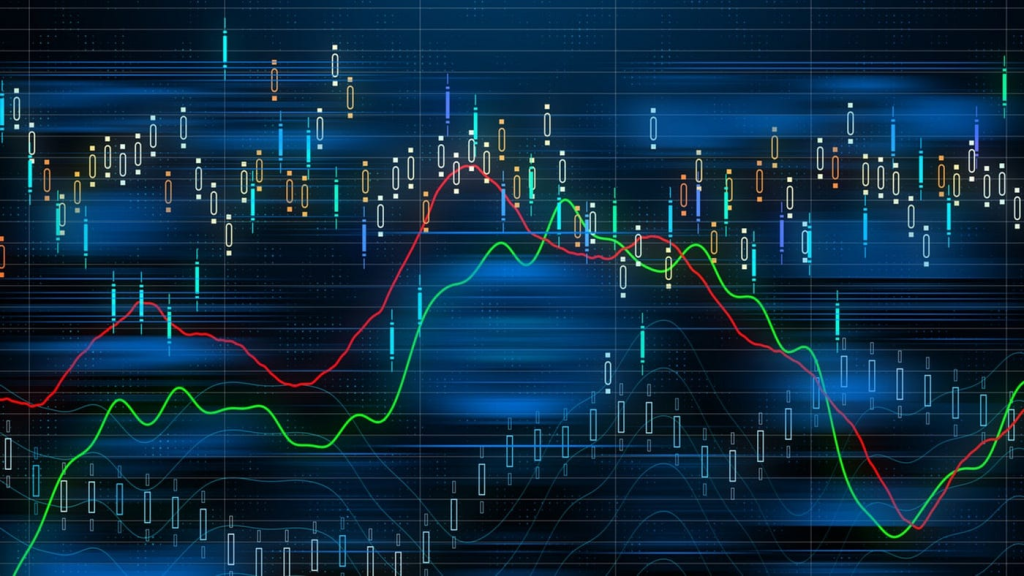Exploring Forex Trading Strategies: Key Concepts and Principles
” Forex trading, also referred to as international exchange trading or currency trading, is the world wide market place for buying and offering currencies. It works 24 hours per day, five times a week, letting traders to participate in the market from anywhere in the world. The principal goal of forex trading is always to benefit from variations in currency exchange rates by speculating on whether a currency pair may rise or fall in value. Players in the forex industry include banks, economic institutions, corporations, governments, and personal traders.
One of many key options that come with forex trading is their high liquidity, and thus large sizes of currency are available and offered without significantly affecting change rates. This liquidity assures that traders can enter and exit positions rapidly, enabling them to take advantage of actually little cost movements. Also, the forex industry is very accessible, with reduced barriers to entry, letting people to start trading with relatively little levels of capital.
Forex trading provides a wide selection of currency sets to trade, including important couples such as for instance EUR/USD, GBP/USD, and USD/JPY, in addition to minor and amazing pairs. Each currency pair represents the change rate between two currencies, with the very first currency in the set being the base currency and the second currency being the estimate currency. Traders can make money from equally rising and falling areas by taking long (buy) or short (sell) roles on currency pairs.
Effective forex trading requires a stable understanding of fundamental and technical analysis. Elementary evaluation requires considering financial signs, such as curiosity costs, inflation costs, and GDP growth, to measure the main energy of a country’s economy and their currency. Technical examination, on one other hand, requires examining price graphs and patterns to identify trends and possible trading opportunities.
Risk administration can also be essential in forex trading to safeguard against possible losses. Traders usually use stop-loss purchases to restrict their disadvantage risk and use appropriate position size to ensure that no single business can somewhat affect their over all trading capital. Also, sustaining a disciplined trading approach and preventing emotions such as greed and fear are important for long-term success in forex trading.
With the growth of technology, forex trading has be much more available than actually before. On the web trading tools and mobile apps give traders with real-time use of the forex industry, permitting them to perform trades, analyze industry data, and manage their portfolios from any device. Furthermore, the accessibility to academic forex robot sources, including lessons, webinars, and demo records, empowers traders to produce their abilities and enhance their trading efficiency around time.

While forex trading presents significant gain potential, additionally, it carries natural risks, like the possibility of substantial losses. Therefore, it is required for traders to perform thorough research, develop a noise trading strategy, and consistently monitor market situations to create informed trading decisions. By staying with disciplined risk administration practices and keeping educated about global economic developments, traders may enhance their odds of success in the powerful and ever-evolving forex market.”